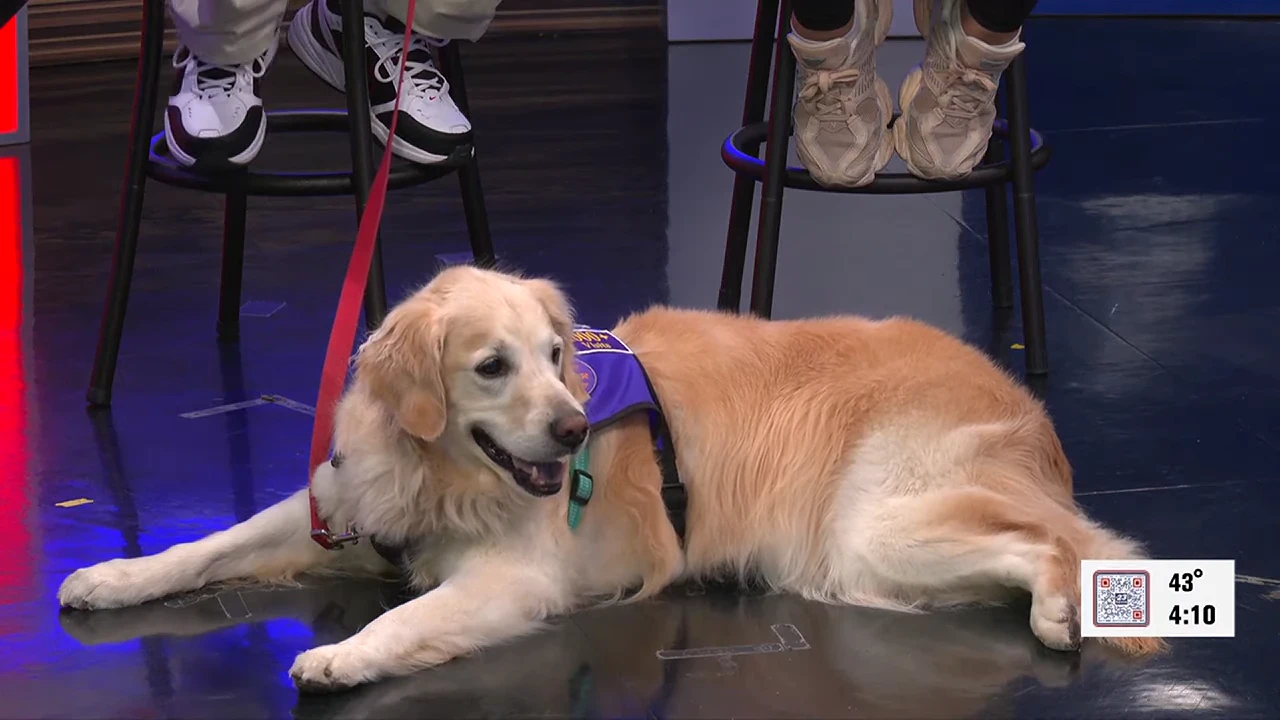In the intricate dance of mental health support, traditional one-on-one therapy sessions have long stood as the cornerstone.
But what happens when we introduce a four-legged friend into the mix? The scene transforms—subtly at first, then profoundly.
The Silent Whispers of Support
It’s said that dogs have a sixth sense, an uncanny ability to perceive emotions and tensions invisible to us.
In therapeutic settings, these furry friends often pick up on nuances of human emotion long before a therapist can.
Imagine a scenario where the therapist, despite years of training, is met with silence or hesitation.
Enter the dog – a silent whisperer who bridges the emotional gap without uttering a single word. 🐕💭
A Touch of Paw: Breaking Barriers

There’s an undeniable magic in the simple act of petting a dog.
The barriers we build around us, sometimes impenetrable even by the most skilled therapists, begin to crumble with each stroke of fur.
It’s not just about the tactile sensation; it’s about connection.
A dog lying calmly beside a person can become a catalyst for opening up, allowing for emotional release in ways that words sometimes cannot capture.
Maya’s Lesson: The Empathy of Dogs
Consider Maya, a golden retriever with an extraordinary ability to sense distress.
Picture her laying quietly in a session, suddenly getting up and approaching someone needing comfort.
This action alone can signal to the therapist areas that need attention, perhaps even before the person knows it.
It’s like having an empathetic partner who speaks through gestures rather than words.
The Tangible Benefits: More Than Just Companionship
The presence of a dog in therapy sessions does more than provide companionship; it’s scientifically beneficial.
The physiological impacts are tangible, from lowering blood pressure and reducing anxiety to creating a sense of calmness.
A person might enter a session overwhelmed by life’s stressors, but sitting next to a dog, even just for a few moments, can significantly alter their emotional landscape.
Certifying Our Four-Legged Therapists
Now, you might wonder about the process behind certifying these incredible animals.
Unlike service dogs, therapy dogs don’t undergo rigorous training. Instead, their natural demeanor and compatibility with therapeutic environments play a crucial role.
Courses do exist to refine their ability to provide emotional support, but much depends on the individual dog’s temperament and the specific needs of those they’re helping.
The journey from being simply ‘man’s best friend’ to becoming an integral part of therapeutic healing is fascinating.
Dogs like Maya don’t just offer silent companionship; they actively participate in healing with their unique blend of empathy and unconditional support.
For those among us navigating mental health challenges, these furry therapists offer more than just a wagging tail—they provide a comforting presence that says without words: “I’m here for you.”
And sometimes, that’s exactly what we need to hear. 🐾💖

